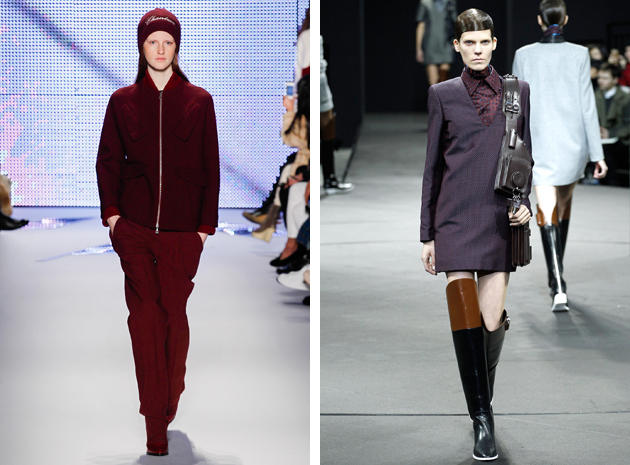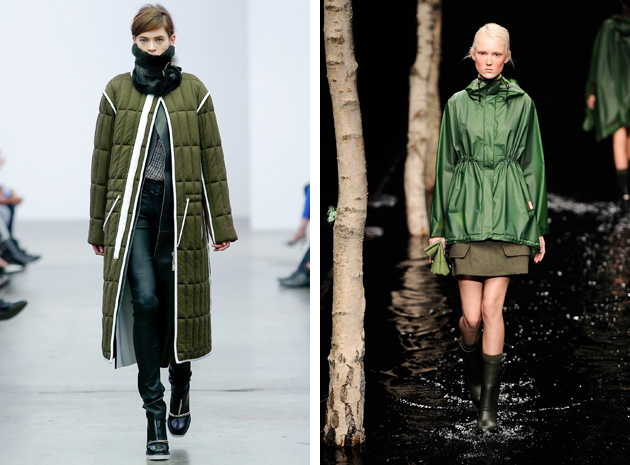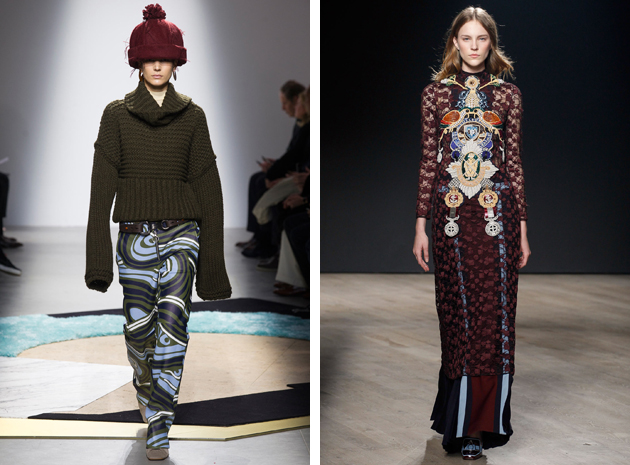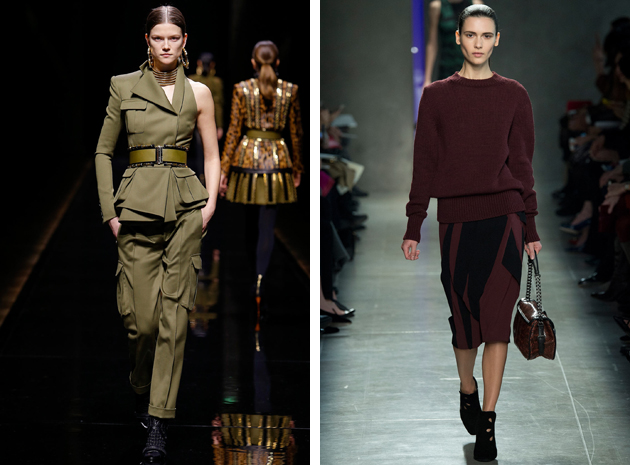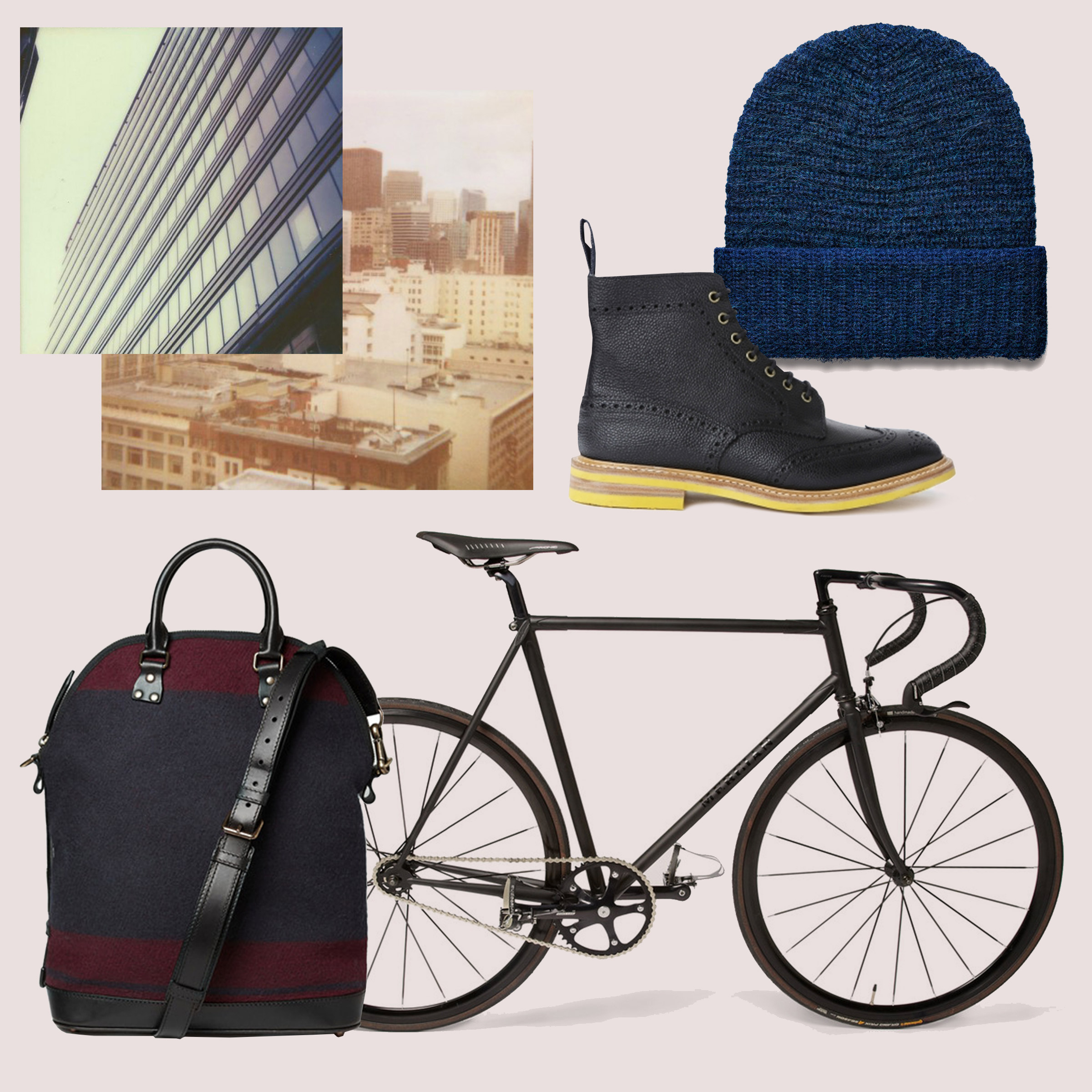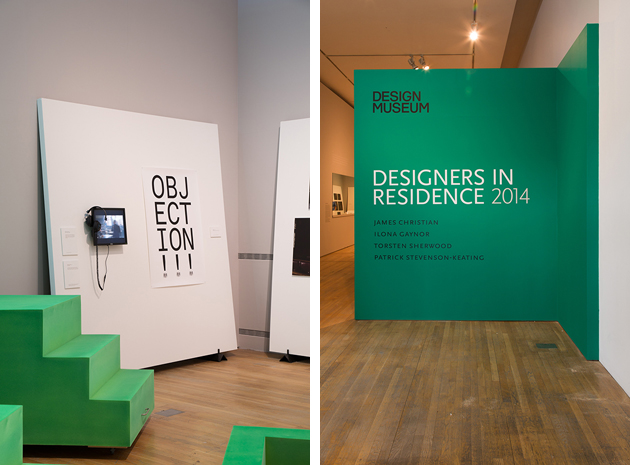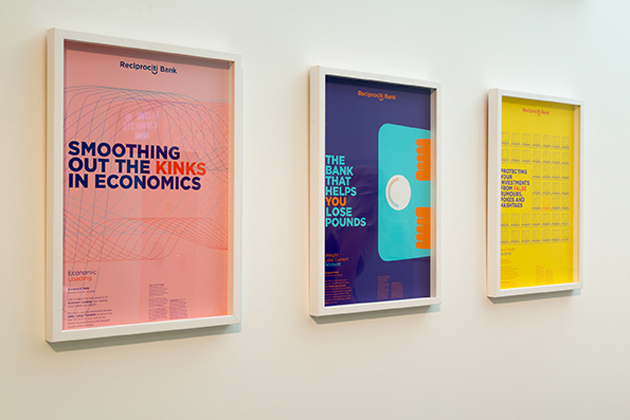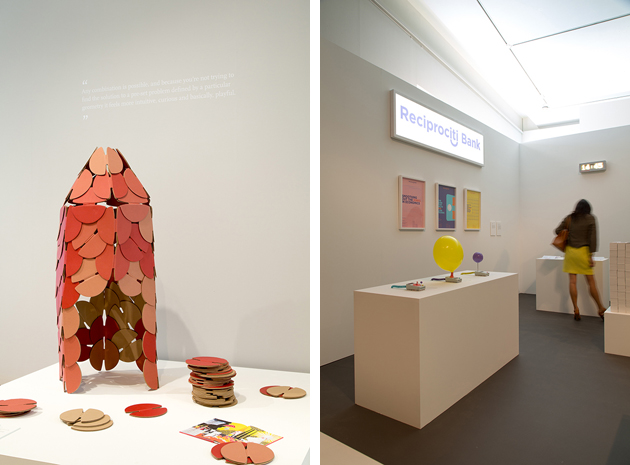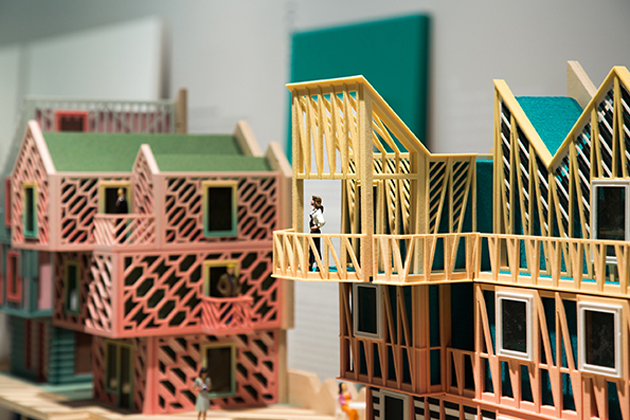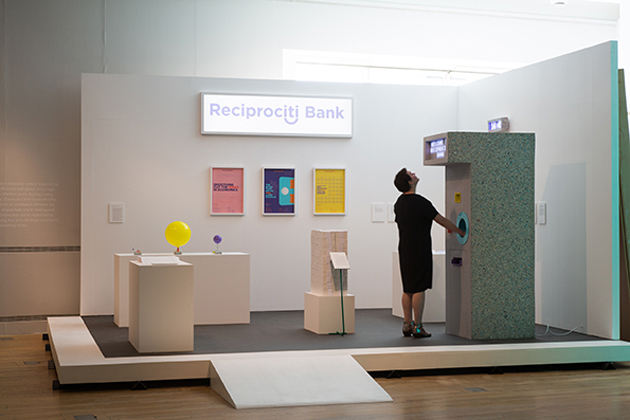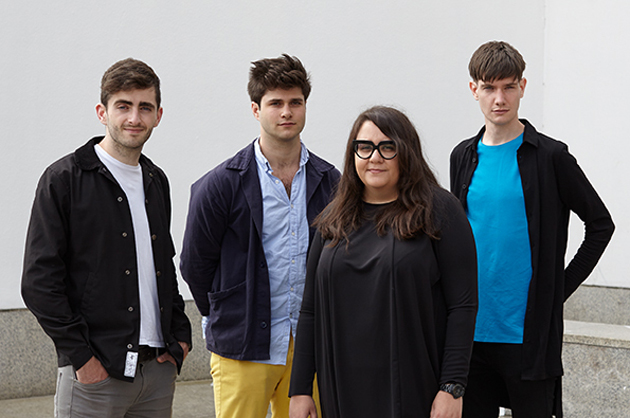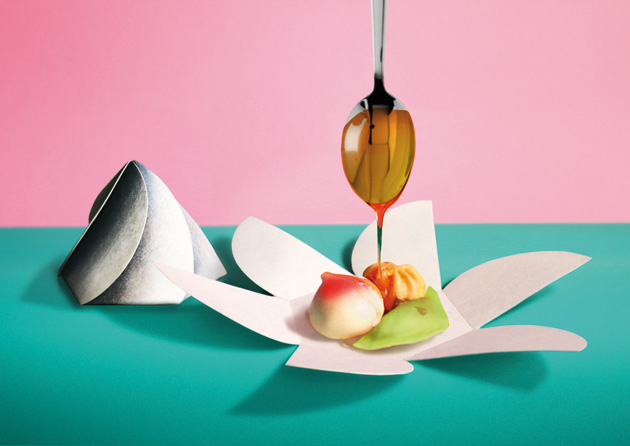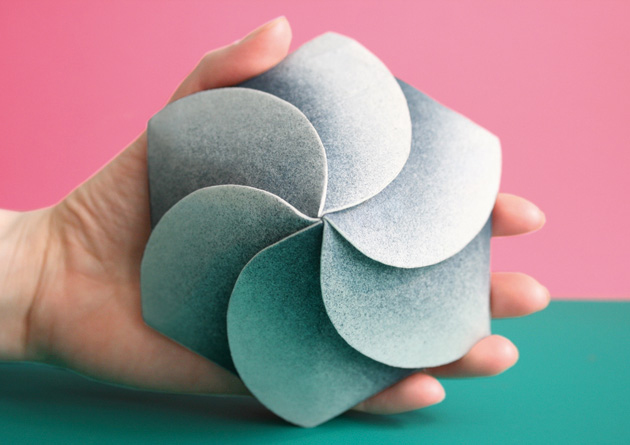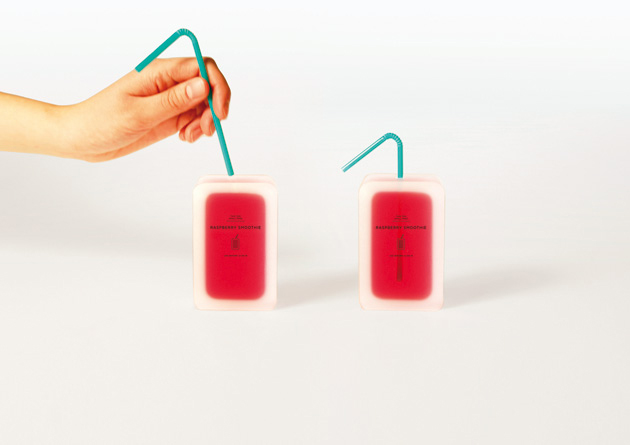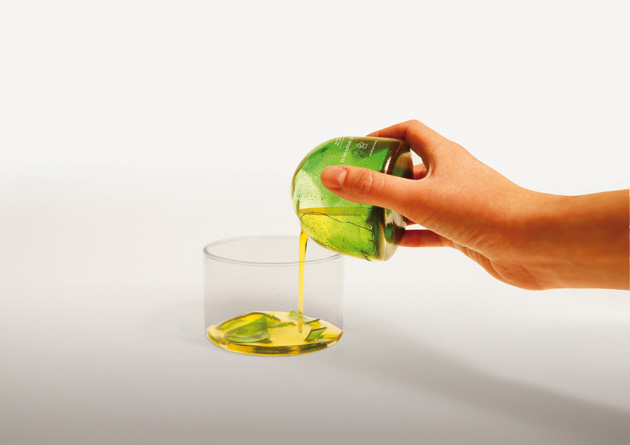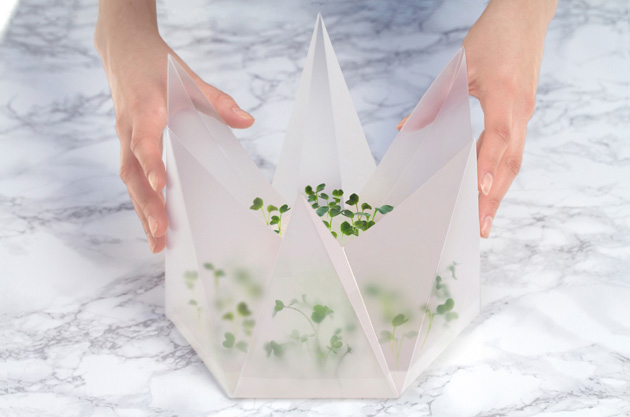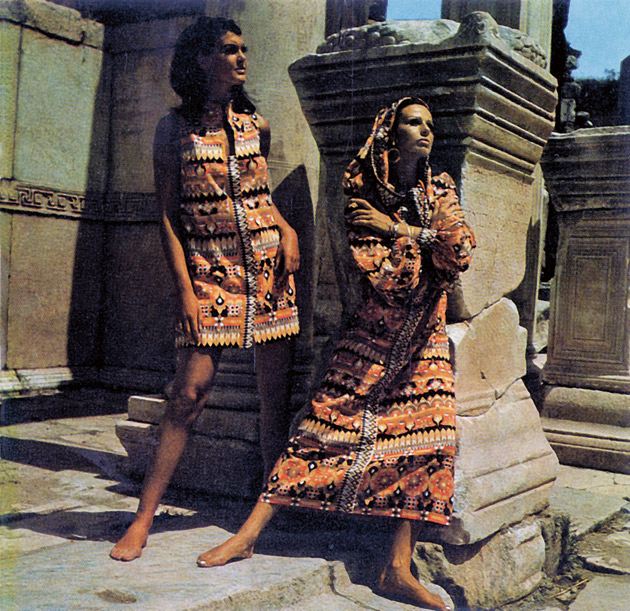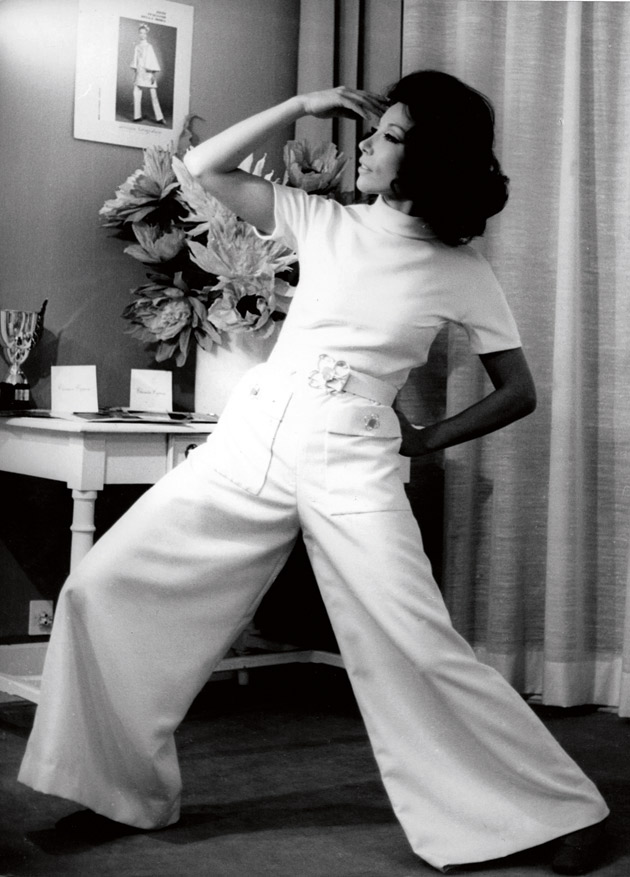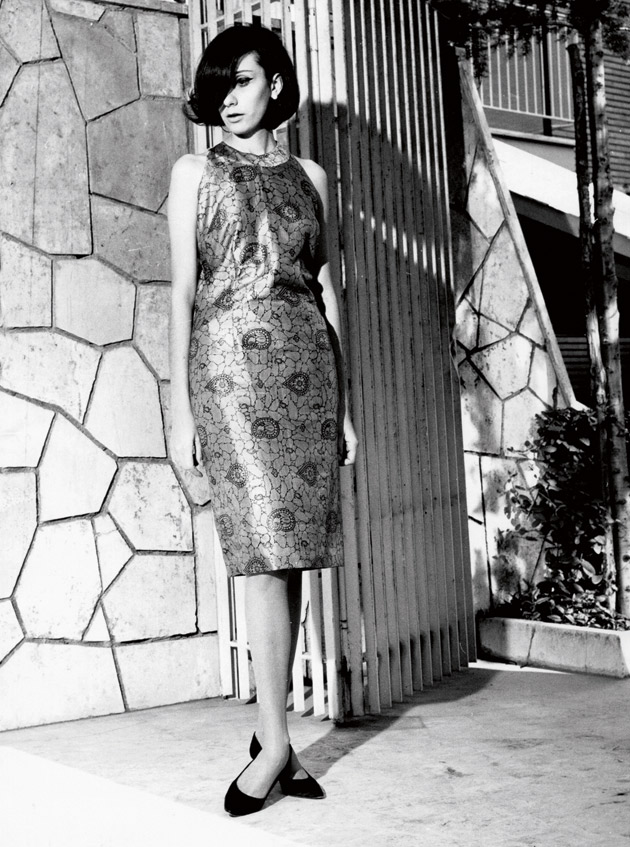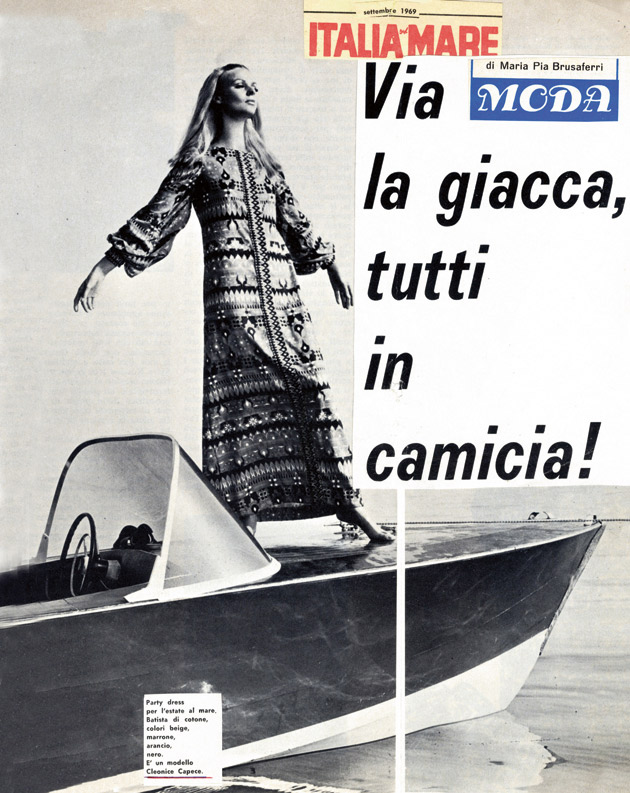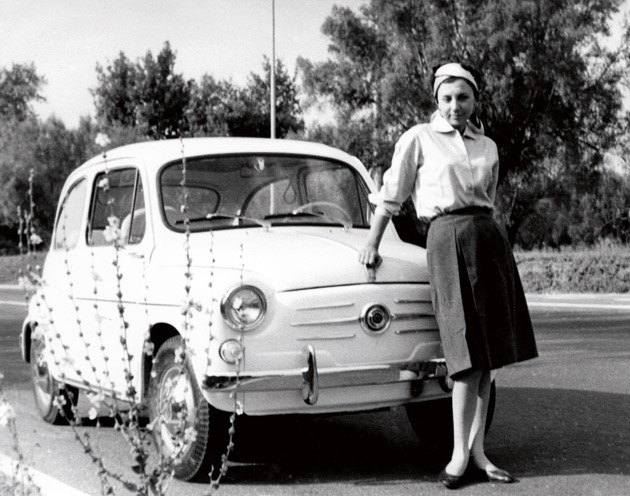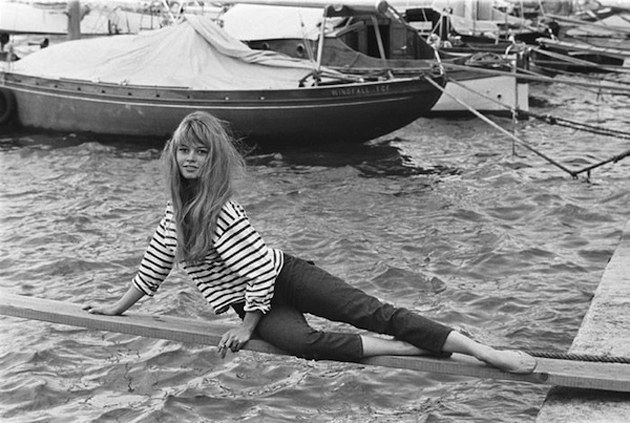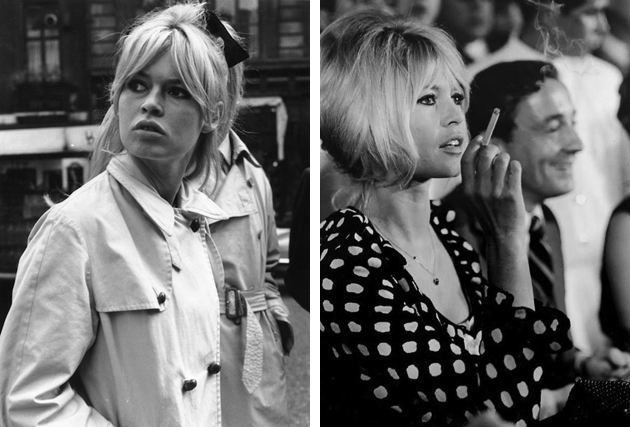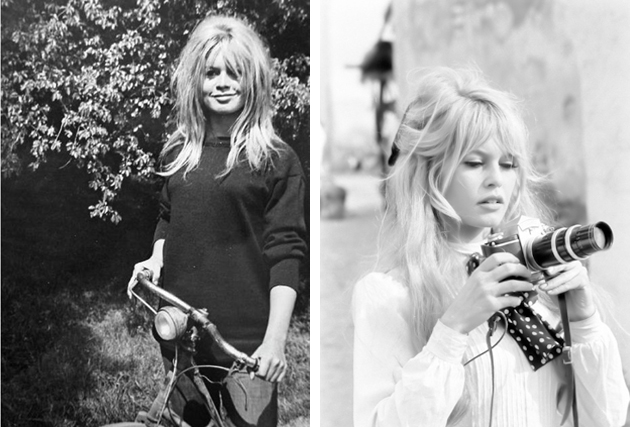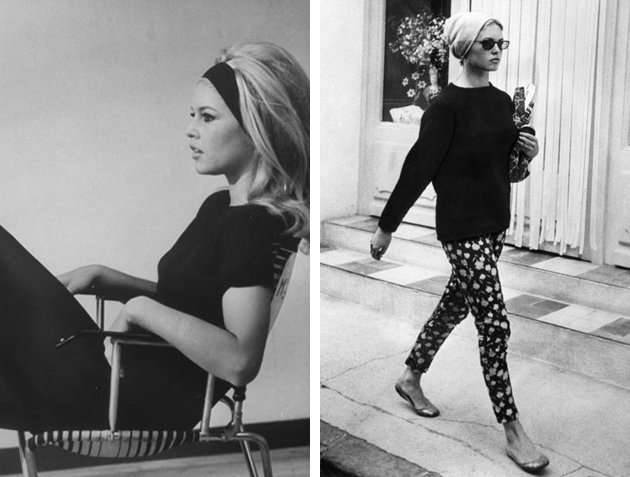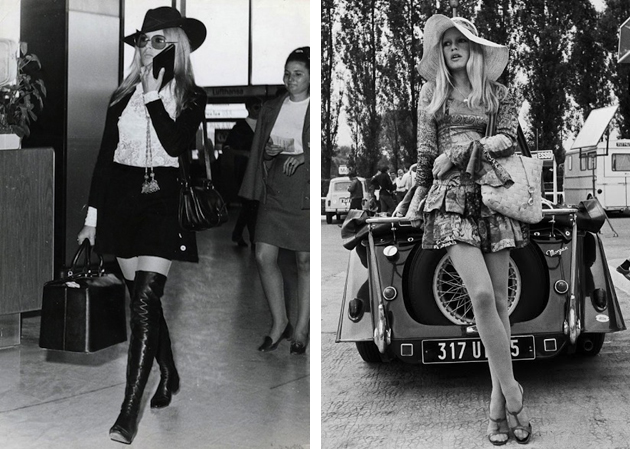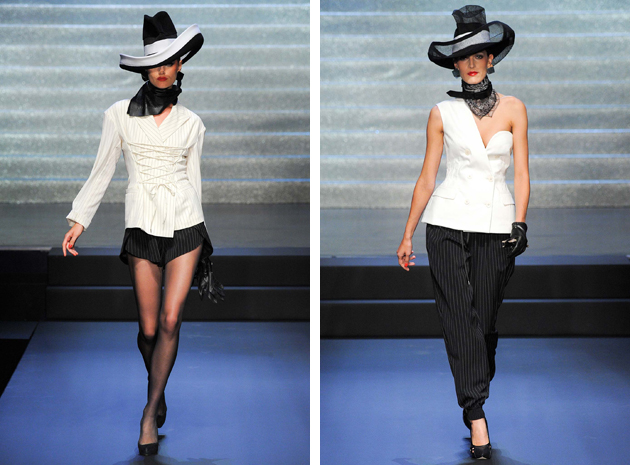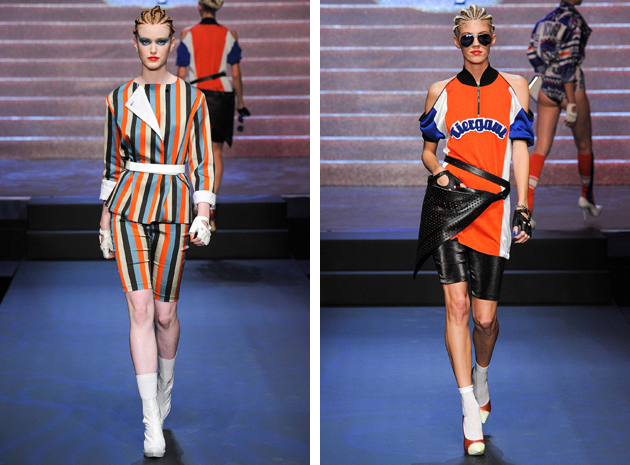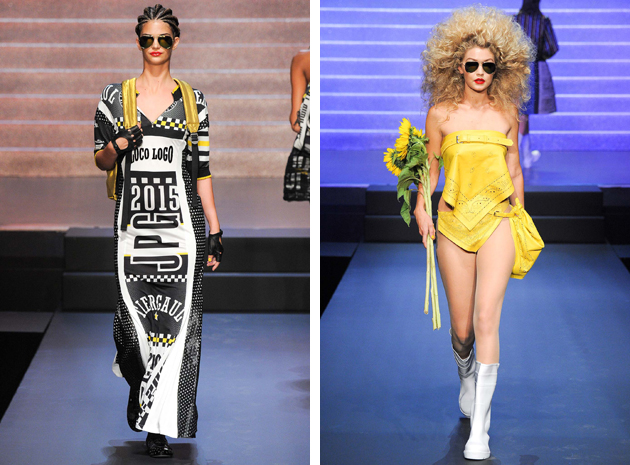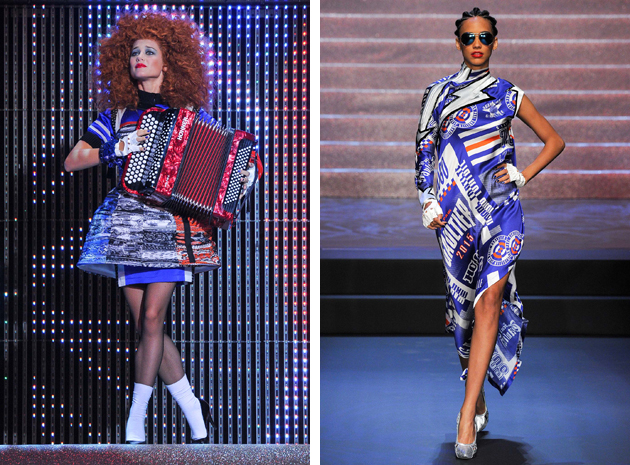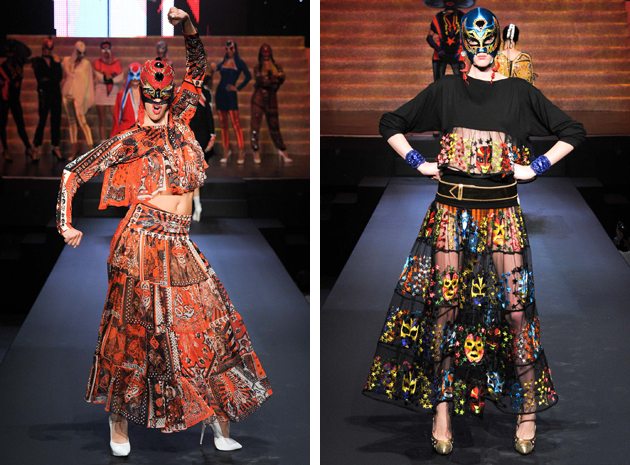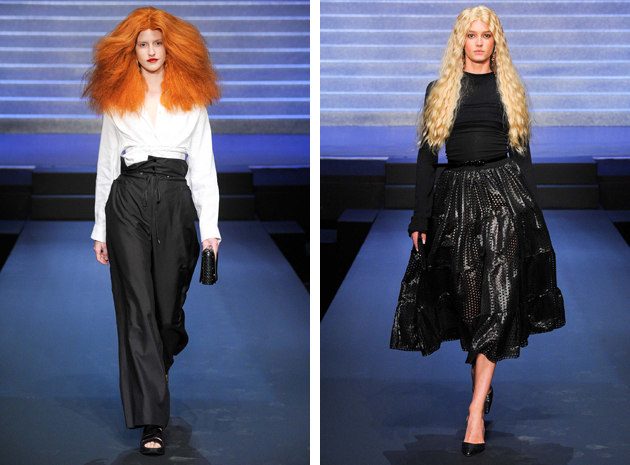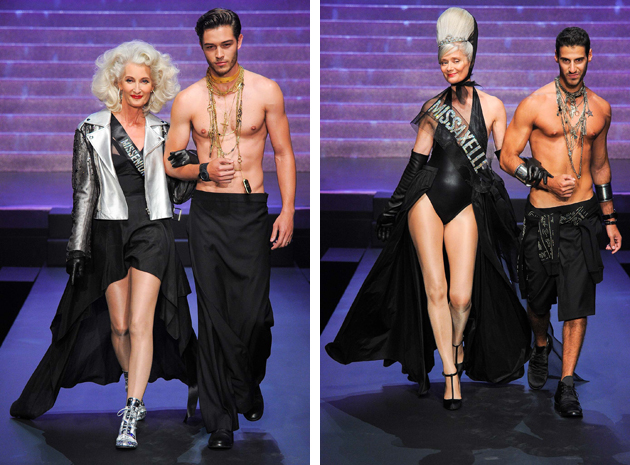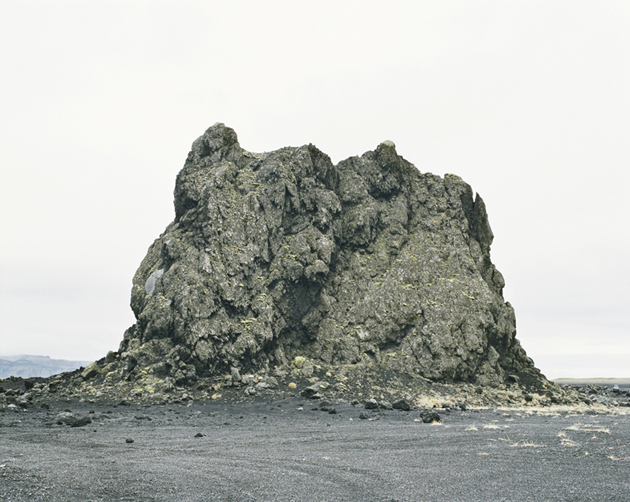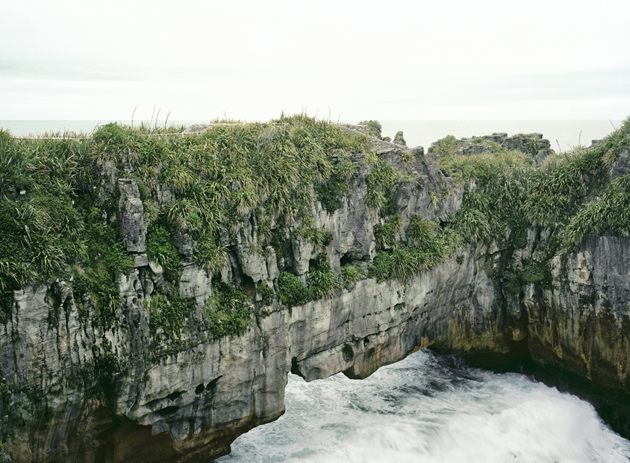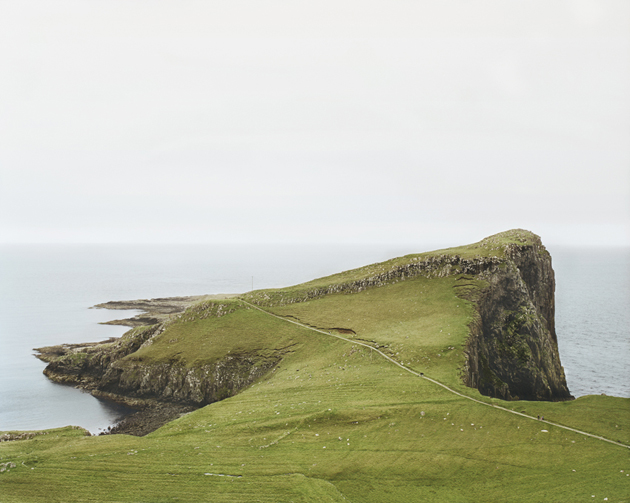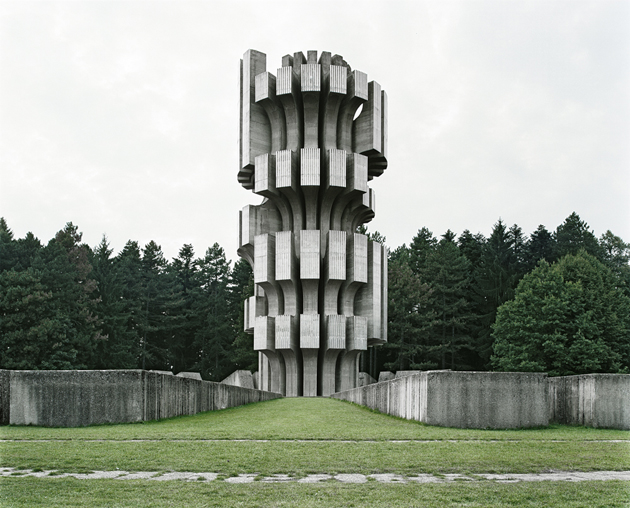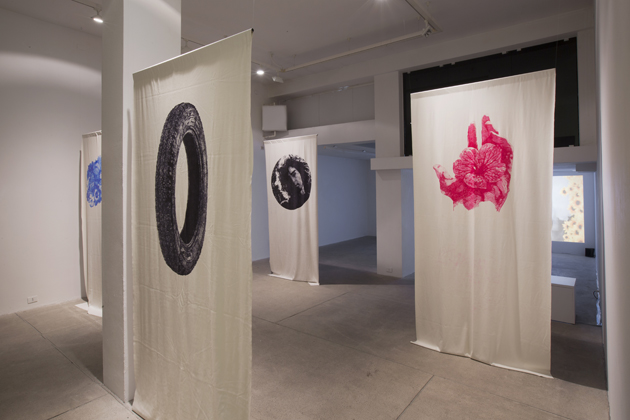
On the occasion of the solo exhibition at Raffaella Cortese gallery in Milan, we met Keren Cytter (b.1977, Israel), one of the most brilliant and critically acclaimed (even though she is quick to point out her bad reviews) artists of the latest generation, who works with film, video installations, performance, drawings and photography, besides writing novels, theatre plays and poetry. In a light, pleasant conversation, with sharp irony flavored with an uncommon speed of thought, Keren talks about her idea of identity, women’s issues and positive thinking, passing through the genius of Roger Federer and the work of some colleagues.
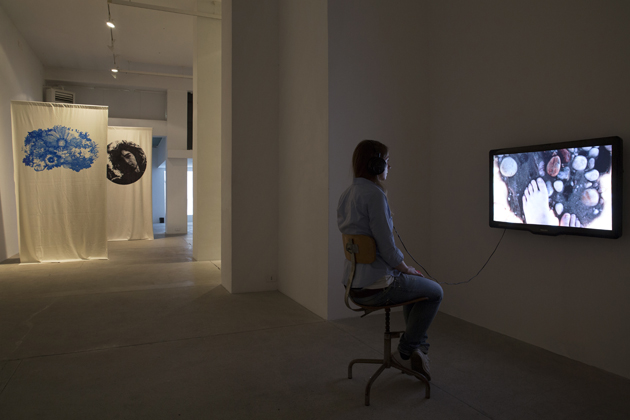
Identity vs Status. Are people more focussed on building their status instead of looking at their own identity?
I don’t think so, just compare todays situation to 16th century when the value of status was really much higher. If you think about mental illness, for example, if you had some mental disorder your family kicked you out because of the status of the illness. Now there is much more acceptance. Everybody is talking about identity now because of the Internet, but I’m torn a bit. The problem today is that there is a different idea of status; it is more related to being perfect and when people discover that they have an average life, this causes depression. I think this is why people question ever more often their status related to sexuality or gender. I think a lot of sufferance comes from the contemporary notions of status, but now that I turned 37, I’m very happy because I learnt that I don’t have to fit into pre-established codes. Recently, I was in Greece and a bought a bouzouki (a Greek mandolin), and now I’m playing: I do not have any ambitions to be fitting, so I can simply have fun.
So do you think you have found your balance?
You know, I find it and then I lose it. One moment I know how things go and soon after I lose it again and get depressed…
I understand, but you do a lot of things (you write, you are a director, a performer etc.) and you shine at everything so this could be helpful to be more self-confident?
Ah, this is good, but I’m not aware of it and indeed I read very bad reviews about my work and this makes me think a lot about how they know if a thing is good or not, or which review I should believe.
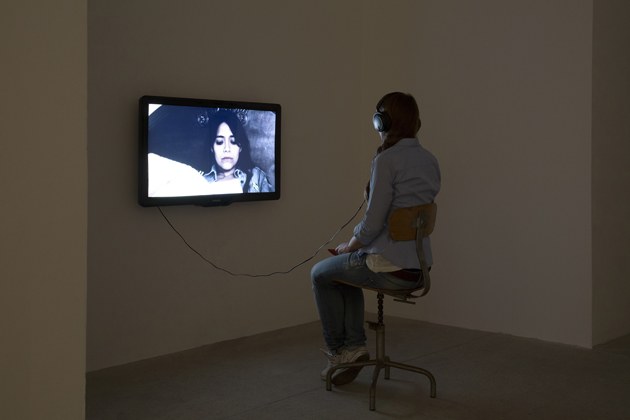
Does this hurt you?
No, I’m not that fragile but it is frustrating. When I think that something is good I hold on and think how I can improve it. Like the “Show Real Drama”, it’s one of my theatre plays and I think it’s really good, but except from one time, we never got good reviews. I think this keeps me down to earth. I’m doing a catalogue containing all my scripts and while doing this I’m discovering myself acting like business people do, I feel like a serious person, kind of like Anna Wintour.
Are you scaring your collaborators?
I think that everybody thinks she’s scary just because she’s a woman, if she were a men it would be totally fine!
You gave me an input to ask you about your idea regarding women’s rights. Are women still underestimated?
Oh yes for sure, I think about it a lot. Since I’m Jewish, I get hurt a lot, but I think that being a woman is actually much more discriminating than being Jewish because as a woman I can be raped. There are some sentences that really piss me off, like once I was asked to be interviewed “with other really strong women” and I thought “what does it mean, what is a strong woman?” Based on what I know, most of these strong women in art can barely pay the rent because they don’t sell. It’s all marketing and this makes me angry. I remember when I was in art school, I applied for a prize with some work with spray on canvas. When I met the jury they said: “Oh, we didn’t expect you to be a woman” so in that moment I realized that I changed their expectations. I’m also thinking that women never ever succeed like men.
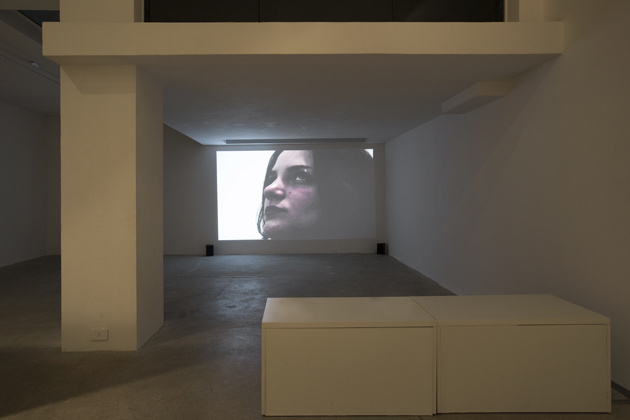
Changing the topic, how do you start the production of a video? Do you need to write it down before?
No, I just need to think about images or style or how you could perceive things. For example, I had an idea on how to proceed for the next video, but this is from something I saw long time ago on Youtube. It is a tennis match between Federer and Marat Safin, the Russian handsome guy, and it had the soundtrack of “Teenage wasteland” that I never heard before, but it’s really exciting and I enjoyed watching the video. It had an editing on VHS with lots of cuts and stops before and after, and it looked so nice that I though to make a video that is a bit this kind of writing, where you have something then you have a glimpse of something, then this glimpse can continue a bit longer and then the chunks are not related to drama but always with a bit of misfile. Then I got the new Leonard Cohen record, and it has really optimistic tunes and also the tone of the music itself and he says, or I think he says, that in this times people really need positive messages and I thought about that too. So that’s the way, I just think about things around me until I feel that I’m somewhere in this place and then I can start working on it.
You mentioned Roger Federer, this gives me the chance to talk a little bit about your passion for tennis. Could you tell us what are the “Federer moments” for you?
It’s so unique to find athletes that fight against themselves, that are focused on improving themselves instead of trying to beat someone else. I read Joseph Campbell’s writings about mythology and the highest level of mythology of the Hero – who is he with himself – and I think it is what Federer is doing, just expanding himself. Once I went to Madison Square Garden to see a game and there were Andy Roddick and Roger Federer. Roddick was more eloquent, but Federer was just in perfect harmony, the highest level of unity between spirit and body. Then in 2008 I remember being in Japan and waking up because of the jet leg and there was Wimbledon final on the TV. It was the first time that Federer lost against Nadal. It was one of the longest matches ever, I stayed up all the night and I realized that I cared about Federer. After that I read an article saying Federer was treating tennis as art, while sport should not be art, but actually I think that the highest level of sport could be like art, like a conceptual idea and he is just special.
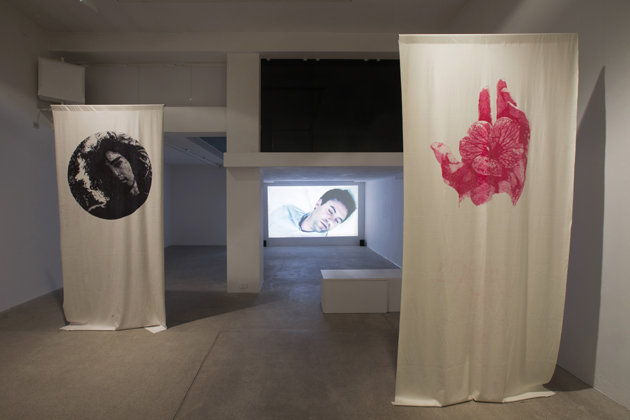
But besides the genius, athletes need a constant training to achieve their goals. Do you think this could work also for artists?
Well, I think that now it’s a bit different. We are in a conceptual era, where you have many works that insult our intelligence, in which you can’t see anything to admire and even nothing that you can’t understand.
Is the direction we are going towards devoid of contents and critical thinking?
I think ten years ago the situation was more or less the same. 90% of what you see is not that good, yet you should at least try twice before saying you don’t like something, because it’s too easy to criticize without seeing things.
Which are your sources of inspiration? Are there any books or other works that interested and influenced you?
I think there are a lot of books, all the classics like Dostoevskij and E.A. Poe, whom I never liked yet I recently realised that his structure is similar to what I’m doing. Then also Gombrowicz, the Polish writer, whose themes are related to existential problems, treated with lightness and satire.
And what about contemporary art?
I made a list because I need to think about this. I like Fischli&Weiss, Wilhelm Sasnal… You know who I think I like but I’m torn because he is so successful? Wolfgang Tillmans. I have to admit I like him a lot. I’m not sure if I like Cattelan, his works are more entertainment, but at the same time, they are not so cheap and stupid.
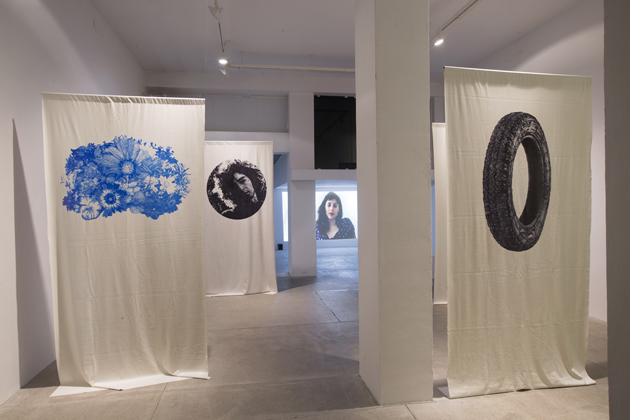
No women? What about Joan Jonas? Do you think you have something in common despite the generation gap?
I understand what she’s doing and really appreciate and respect her. I met her in Japan long time ago and I think she’s very respectful too, giving space to everybody. She’s old enough to see that there is space for everyone. I think we are both on the study of the same things and we try to combine the same ingredients in a different way. The medium is also quite similar, we just have a different language, but actually the language is not that different. Maybe I base my work more on text, while she is more concentrated on symbols, ancient symbols, symbolic symbols and stuff like that. I know that she knows my work and I think she likes it too.
Interview by Monica Lombardi
